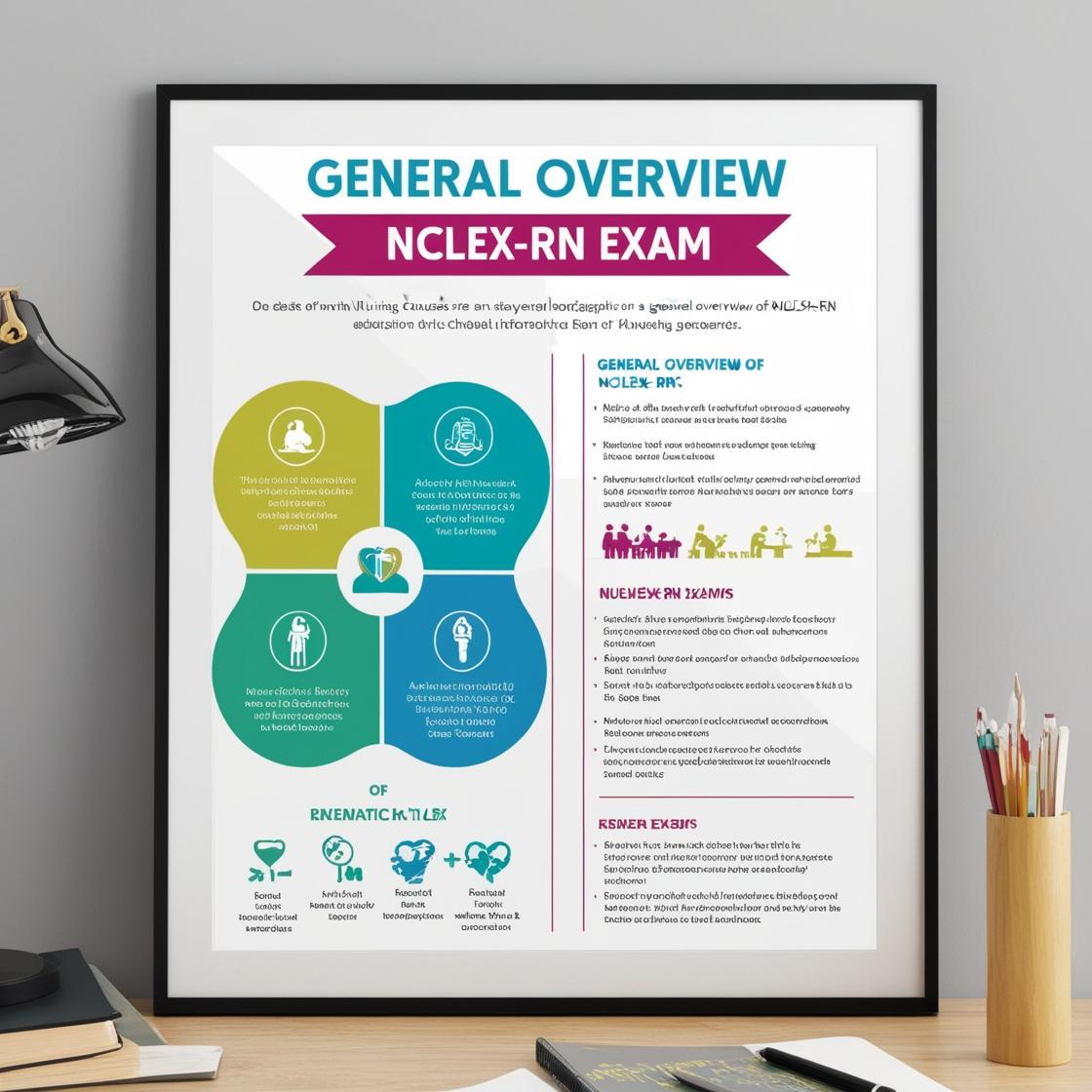NCLEX NCLEX-RN
NCLEX Psychosocial Questions
1. A 5-year-old child has been recently admitted to the hospital. According to Erik Erikson's psychosocial development stages, the child is in which stage?
- A. Trust vs. mistrust
- B. Initiative vs. guilt
- C. Autonomy vs. shame and doubt
- D. Intimacy vs. isolation
Correct answer: B
Rationale: The correct answer is 'Initiative vs. guilt.' According to Erik Erikson's psychosocial development stages, children aged 3-6 years old are in the stage of initiative versus guilt. During this stage, children begin to assert their power and control over the environment. They develop a sense of purpose and direction, but may also experience feelings of guilt if they believe their actions have caused harm or conflict. Choices A, C, and D are incorrect. 'Trust vs. mistrust' is the first stage for infants, 'Autonomy vs. shame and doubt' is the second stage for toddlers, and 'Intimacy vs. isolation' is a stage that occurs later in adulthood.
2. A toddler is 26 months old and has been recently admitted to the hospital. According to Erikson, which of the following stages is the toddler in?
- A. Trust vs. mistrust
- B. Initiative vs. guilt
- C. Autonomy vs. shame and doubt
- D. Intimacy vs. isolation
Correct answer: C
Rationale: The correct stage for a toddler who is 26 months old, according to Erik Erikson's stages of psychosocial development, is Autonomy vs. shame and doubt. This stage occurs between 18 months to 3 years of age. During this stage, children are focused on developing a greater sense of control and independence. Choice A, Trust vs. mistrust, is the first stage occurring from birth to 18 months, where infants learn to trust or mistrust their caregivers based on their care. Choice B, Initiative vs. guilt, is the third stage occurring from 3 to 5 years, where children start to assert themselves more. Choice D, Intimacy vs. isolation, is a stage occurring in adulthood, not relevant to a toddler's development.
3. A 20-year-old young adult has been recently admitted to the hospital. According to Erikson, which of the following stages is the adult in?
- A. Trust vs. mistrust
- B. Initiative vs. guilt
- C. Autonomy vs. shame
- D. Intimacy vs. isolation
Correct answer: D
Rationale: The young adult, at 20 years old, is in the stage of Intimacy vs. Isolation according to Erikson's psychosocial theory. This stage typically occurs during young adulthood, between the ages of approximately 19 and 40. The primary conflict in this stage revolves around the development of intimate, loving relationships with others. This stage focuses on establishing close bonds and connections with others, seeking emotional closeness and commitment. Choices A, B, and C are incorrect. Trust vs. mistrust is the stage that occurs in infancy, Initiative vs. guilt is in early childhood, and Autonomy vs. shame is in toddlerhood. These stages each represent different developmental challenges and conflicts that individuals face at various points in their lives.
4. The nurse is caring for a Native American patient who has traditional beliefs about health and illness. Which action by the nurse is most appropriate?
- A. Avoid asking questions unless the patient initiates the conversation.
- B. Ask the patient whether it is important that cultural healers are contacted.
- C. Explain the usual hospital routines for meal times, care, and family visits.
- D. Obtain further information about the patient's cultural beliefs from a family member.
Correct answer: B
Rationale: When caring for a patient with traditional health beliefs, it is essential to respect and address their cultural practices. Asking the patient whether it is important to involve cultural healers, such as a shaman, aligns with providing culturally sensitive care. Avoiding asking questions unless initiated by the patient may hinder effective communication and understanding of the patient's needs. Consulting a family member for cultural beliefs assumes that all family members share the same beliefs, which may not be accurate. Additionally, the patient's personal beliefs should be prioritized over family input. Explaining hospital routines without considering the patient's cultural preferences may lead to a lack of patient-centered care. Therefore, the most appropriate action is to inquire about the patient's preference regarding cultural healers.
5. The nurse is caring for an Asian patient who is being admitted to the hospital. Which action would be most appropriate for the nurse to take when interviewing this patient?
- A. Avoid eye contact with the patient
- B. Observe the patient's use of eye contact
- C. Look directly at the patient when interacting
- D. Ask the patient's family member about the patient's cultural beliefs
Correct answer: B
Rationale: Observing the patient's use of eye contact will be most useful in determining the best way to communicate effectively with the patient. Different cultures have varying norms regarding eye contact, so by observing the patient, the nurse can adapt their communication style accordingly. Looking directly at the patient or avoiding eye contact may not be universally appropriate and could be misinterpreted. Asking a family member about the patient's cultural beliefs is not ideal as cultural beliefs can vary among individuals within the same cultural group. It is best to assess the patient directly to provide culturally sensitive care.

Access More Features
NCLEX RN Basic
$1/ 30 days
- 5,000 Questions with answers
- Comprehensive NCLEX coverage
- 30 days access
NCLEX RN Premium
$149.99/ 90 days
- 5,000 Questions with answers
- Comprehensive NCLEX coverage
- 90 days access
